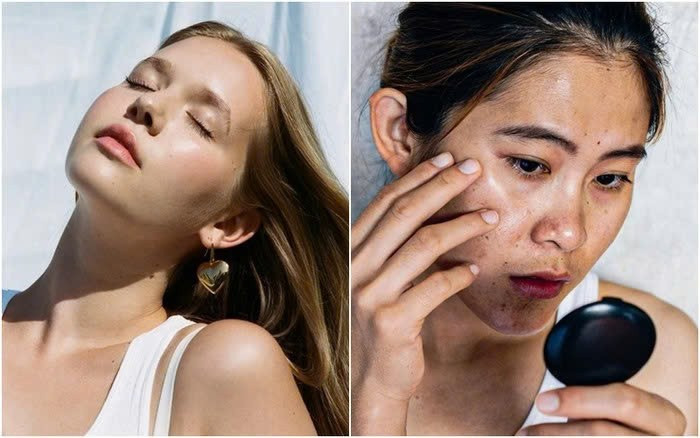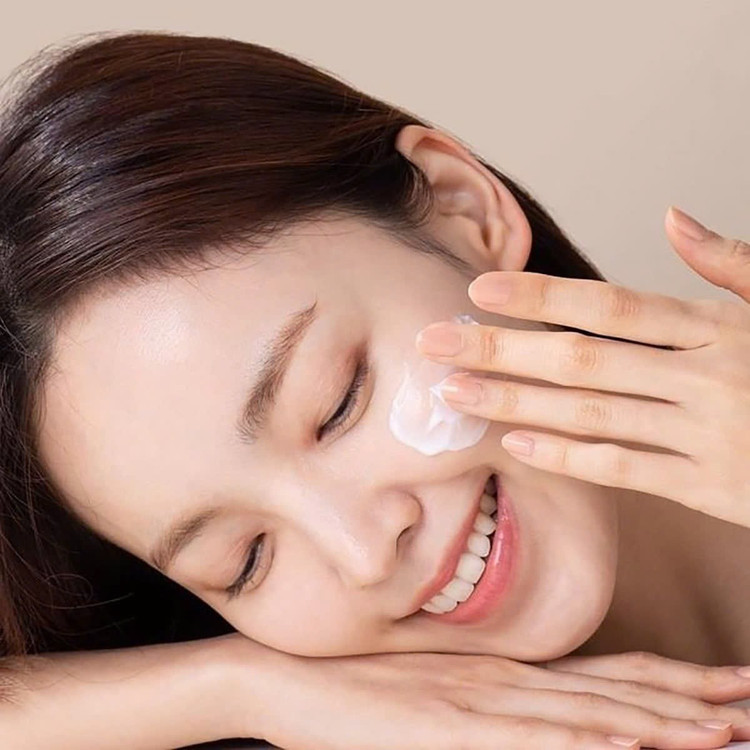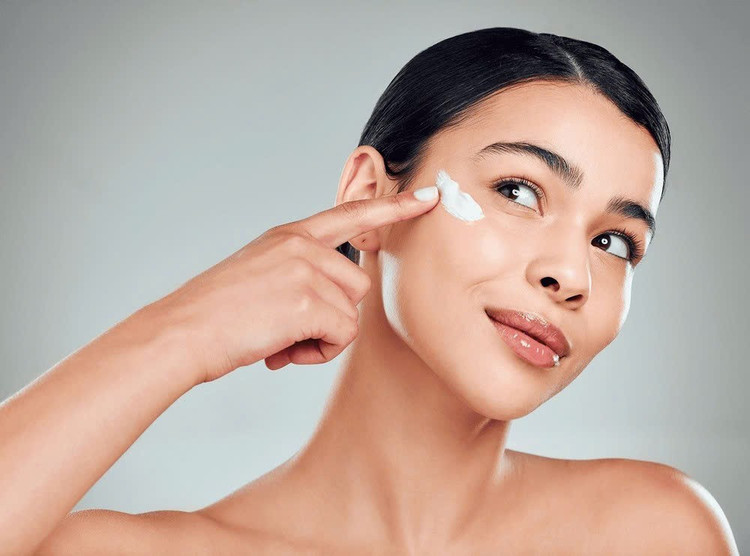Sunscreen has long been considered a “shield” to protect the skin from the harmful effects of sunlight, especially ultraviolet (UV) rays. However, many people complain that despite regular daily use, their skin still becomes dark, has melasma, freckles, and even mild irritation.

Applying is not enough
According to dermatologists, there are many factors that cause sunscreen to not work as expected. The most common mistake is not applying enough. Many people only apply a thin layer, which significantly reduces the protection factor. To achieve the effect as announced by the manufacturer, you need to use about 1/4 teaspoon for the entire face and about 2-3 tablespoons for the body.
Another reason is not reapplying every 2–3 hours. In fact, the effectiveness of sunscreens – especially chemical ones – will decrease after a few hours of exposure to the environment, sweat, water or strong sunlight. If you apply it once in the morning and then stay in the sun all day, your skin will be almost unprotected for the rest of the day.
In addition, many people have the mentality of completely depending on sunscreen and ignore other protective measures such as wearing hats, sunglasses, wearing sunscreen, using umbrellas or avoiding the sun during peak hours (10am-3pm). Meanwhile, UV rays can penetrate glass, thin fabrics and reflect from water, concrete... causing skin damage even when applying sunscreen.

Choosing the wrong product is also the "culprit"
Not all sunscreens are suitable for everyone. Each skin type has its own characteristics and needs; oily skin is prone to clogging if using oil-based products; sensitive skin can be irritated by strong chemical ingredients. Choosing the wrong type will make it difficult for the skin to “tolerate” the product, which can lead to acne, inflammation, dullness or peeling.
In addition, the SPF and PA indexes need to be understood correctly. SPF (Sun Protection Factor) protects against UVB rays - the cause of sunburn, while PA (Protection Grade of UVA) helps protect against UVA rays - the culprit causing aging, melasma and deep damage to the skin. Creams with SPF that are too low will not have enough "protection" when exposed to the sun, while those with too high an index when used indoors will make the face feel heavy and suffocate the skin.
Not cleaning skin thoroughly after use
Another hidden cause is not removing makeup and washing your face thoroughly after using sunscreen. Even if you don't wear makeup, the cream along with dirt, sweat, and sebum accumulated throughout the day will clog pores, form hidden acne, and make your skin dull over time. To have healthy, bright, even-toned skin, cleansing with makeup remover and a gentle cleanser is a must every night.

Comprehensive skin protection solution
To truly protect your skin from the harmful effects of the sun, experts recommend:
Apply sunscreen every day, even on cloudy days or indoors with windows.
Reapply every 2–3 hours, especially after heavy sweating or exposure to water.
Combined with physical protection measures such as long-sleeved shirts, wide-brimmed hats, sunglasses…
Choose a product with broad-spectrum protection, which protects against both UVA and UVB rays.
Remove makeup thoroughly and cleanse skin every night to maintain clear and healthy skin.
It is important to note that sunscreen cannot provide 100% sun protection. It is only one part of a daily skin care and protection routine. Healthy, bright, even-toned skin is the result of proper, regular, and consistent care from both the inside and the outside.
Source: https://khoahocdoisong.vn/vi-sao-thoa-kem-chong-nang-deu-dan-nhung-da-van-sam-mau-post1550451.html




































































































Comment (0)